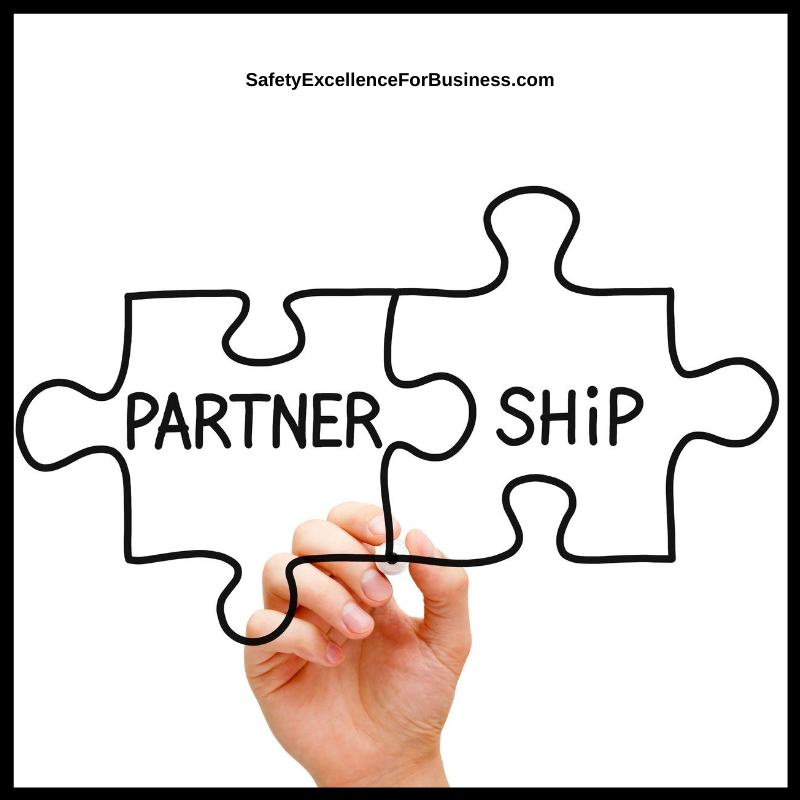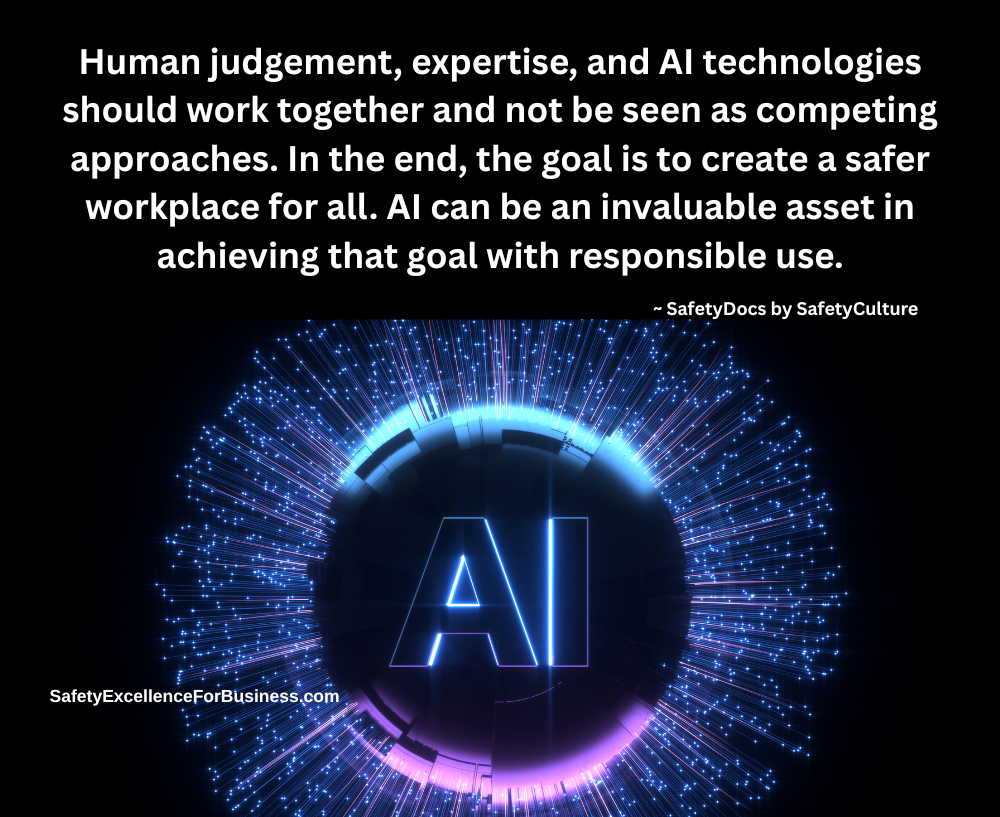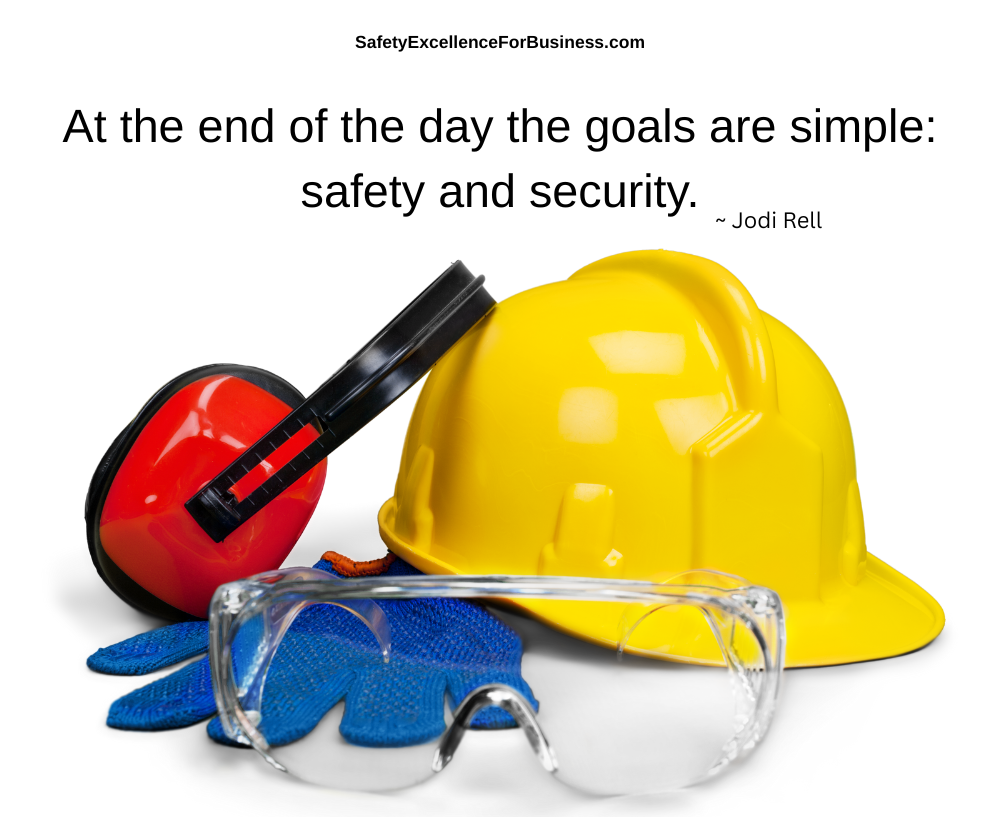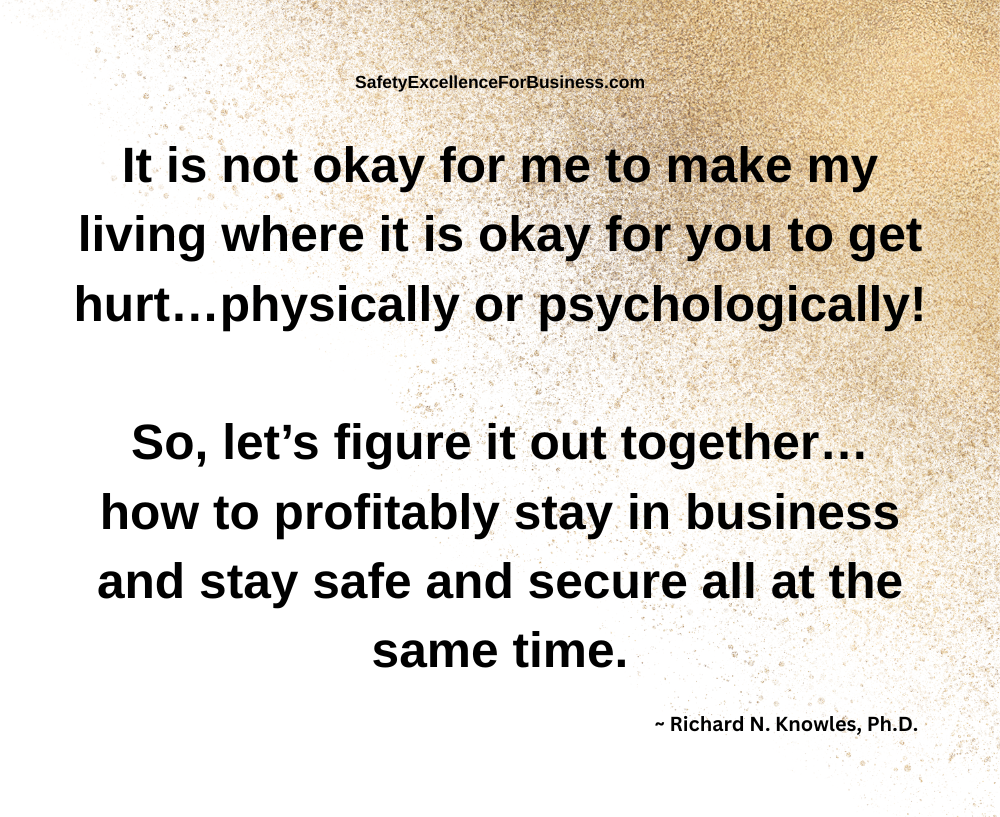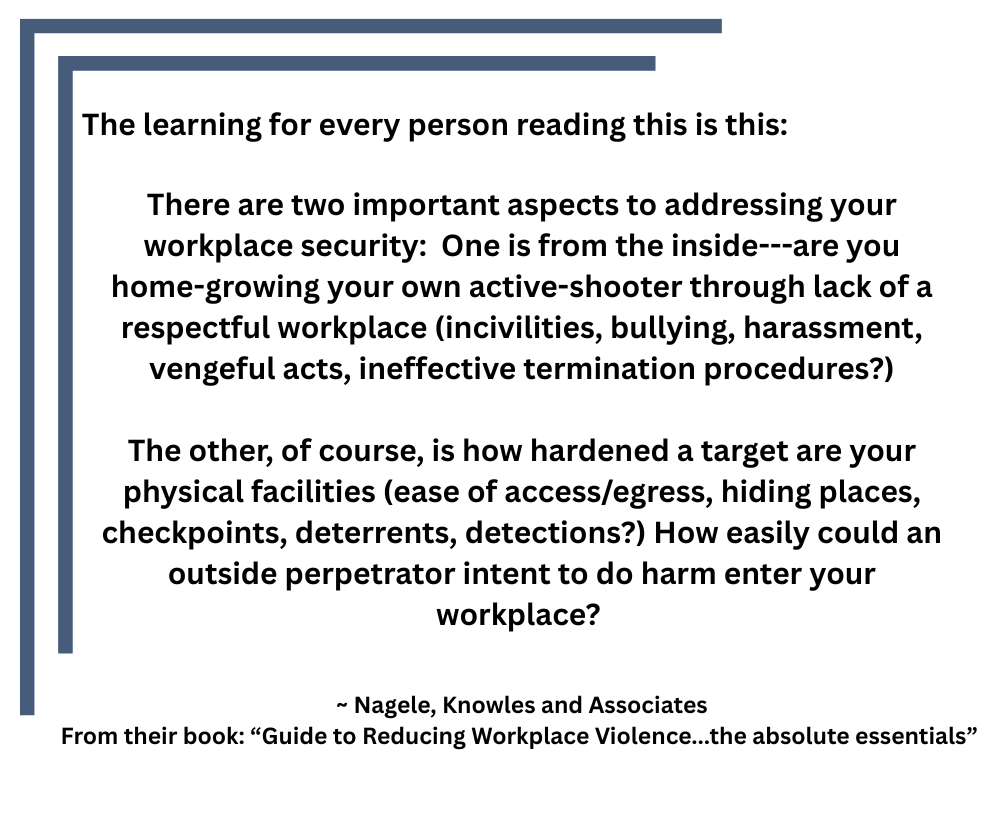The Alcoa Transformation: A Lesson in Leadership
In October 1988, Paul O’Neill became Chairman of Alcoa, a global aluminum producer facing challenges in safety, quality, and profitability.
O’Neill recognized that true, sustainable improvement required a cultural shift – one built on open communication, respect, and recognition. He championed what I call Partner Centered Leadership, where every voice matters and information flows freely.
To enable this change, O’Neill asked all managers and supervisors to regularly ask their teams three simple questions:
- Does everyone have all the information and resources needed to do their best?
- Does everyone treat you with respect and consideration, every day, at every level
- Does everyone receive recognition and honor for their contribution?
He also invited employees from all levels to contact him directly with suggestions for improvement. The results were remarkable: within a few years, Alcoa’s earnings increased fivefold, and both safety and market evaluation improved dramatically.

My Experience: Partner Centered Leadership in Action
When I served as Plant Manager at DuPont’s Belle, West Virginia facility, I independently adopted a similar approach. By engaging with employees daily – walking the plant, asking questions, and listening – I witnessed dramatic improvements:
Our injury rates dropped by about 97%,
emissions to the air, water and land dropped by 95%,
productivity rose by 40%, and
earnings went up 300% in just four years.
These results were not achieved by imposing top-down directives, but by building trust, sharing information, and working together. Over time, our culture shifted organically – people contributed more, leadership became easier, and our values for safety, quality, and respect became the foundation of our success.
Building a Positive Workplace This Holiday Season
As we enter the Christmas holiday season, let’s bring cheer and positivity into our workplaces. Treat each other with kindness and consideration, keep divisive politics out of the workplace, and focus on building a supportive environment. Remember, even in diverse settings like the International Space Station, shared values and mutual respect enable people to thrive together. We can do the same.
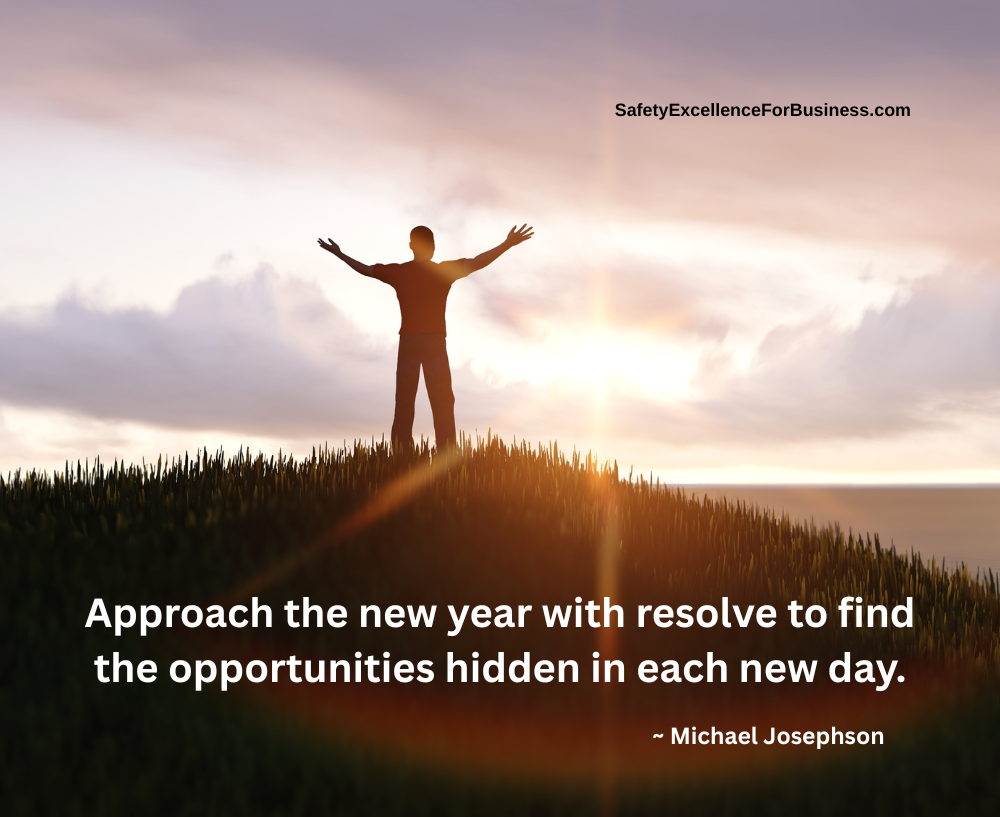
Key Takeaways on Safety and Partnership
- Open communication, respect, and recognition are the foundation of a strong safety culture.
- Simple, consistent questions can drive meaningful change.
- Sustainable improvement comes from partnership, not top-down mandates.
- A positive workplace is built by everyone, every day.
Reflection on Safety
What’s one thing you can do this week to foster a safer, more respectful workplace? You don’t have to wait until the new year – you can start right now! Call me to learn more. Ask me questions!







